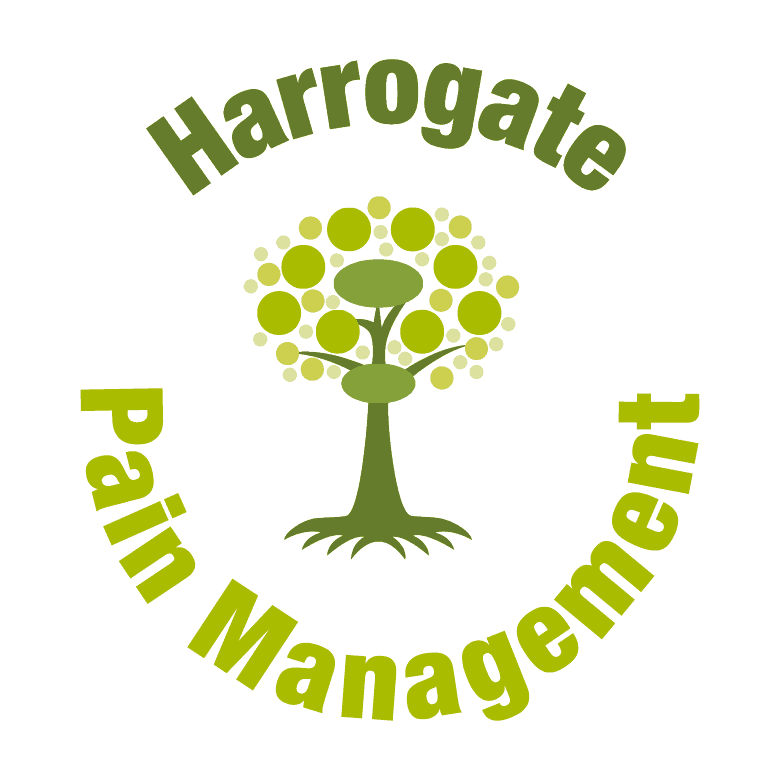We all know that exercise offers many physical and mental-health benefits. But not only is it great for the body and mind, it also appears to have a lessening effect on pain. Numerous studies of healthy individuals show that aerobic exercise reduces feelings of pain immediately after exercise and increases pain tolerance for a time afterwards.
But, does exercise help with chronic pain? The evidence appears to reveal a cautious yes. One review from 2021 concluded that exercise is “capable of reducing pain in chronic pain syndromes”, by increasing pain thresholds, improving pain sensitivity and physical function. Although more research is needed to find out exactly why that is and to what extent, it seems exercise should play a part in an effective pain management programme.
However, when you’re experiencing chronic or persistent pain, exercise can seem totally out of reach.
In this blog, we’ll look at what you’ll need to consider and offer some tips on how to get started.
Why is exercise good for chronic pain?
Exercise appears to help with chronic pain in numerous ways. Research shows that exercise releases natural analgesics, such as endorphins and serotonin that turn down pain signals and block them from being sent to your brain.
Exercise could even be a placebo. One study found that participants who were simply told that exercise would decrease their pain sensations found that it did.
The flipside? Not exercising appears to “reinforce pain sensitivity pathways,” which can lead many chronic pain sufferers into a vicious cycle of pain and inability to exercise.
Should you exercise when in pain?
Whether you used to lead an active lifestyle or not, if you’re experiencing chronic pain, the thought of exercise can bring with it feelings of fear and anxiety.
Pain or the fear of pain can stop you exercising, which in turn, stops you from receiving the potential pain-reducing benefits that exercise offers. It also increases your sensitivity to pain, meaning you’re less likely to exercise.
Regular exercise brings countless benefits including increased immunity, brain function, stronger bones and muscles, as well as a reduced risk of major illnesses such as heart disease, type 2 diabetes and cancer. It’s also good for mental health, lowering stress levels and boosting our self-esteem, energy levels and sleep quality.
If you don’t exercise, you risk the reverse.
So, it’s clear that we all need to get moving. However, if you’re feeling daunted by the prospect, it’s important to remember that you don’t have to make big lifestyle changes to get active.
What are the best exercises for chronic pain?
A study in 2017 found that infrequent bouts of exercise can exacerbate pain, but regular exercise promotes pain relief. So, make exercise part of your routine, just as going to work or taking a shower might be. And if time is tight, frequent, shorter periods of exercise can be just as effective as longer sessions.
If you’re starting from scratch, it’s best to take is slow at first. This could be something as simple as a short walk in your local park or 20 minutes of gardening. Anything where you’re moving around counts.
If you have joint pain, low-impact exercises like swimming or cycling could work for you, whereas other people might find yoga or Pilates more effective. There is no standard exercise for people with chronic pain. What works for one person might prove too painful for another, so experiment with different activities until you find something that helps.
The key is to enjoy it. Don’t be afraid to ‘shop around’ until you find the right exercise for you. If you’d prefer to be led by an instructor, take advantage of free introductory or community classes so you can try different activities without a financial commitment.
Good pain vs bad pain
When we say ‘good’, we mean the right kind of pain. Whenever we exercise after a break, push ourselves harder or work different muscle groups, we’ll experience a kind of pain – the stiffness and soreness that can occur 24-48 hours after exercising. This is the right kind of pain because it means that the muscles have been pushed outside what they are accustomed to. And is a sign that they are repairing themselves and becoming stronger.
However, if you feel that your ‘regular’ pain has worsened a few hours after exercise, it could be a sign that this particular activity isn’t for you, or you went too hard and need to scale it back a little.
You might have those days when you feel great and are tempted to do more. However, pushing yourself could lead to a setback, meaning that you’re less able to stick to your exercise plan.
So, on those good days, embrace the fact that it’s feeling good, but don’t overdo it. Always exercise within your limits and if it’s starting to hurt, then stop.
Finally, don’t forget to stretch after exercising. Don’t rush this step; hold each stretch for at least 15 seconds.
Pain coach, Fiona Beard, offers pain management in Leeds and Harrogate, or via online sessions from wherever you are in the world. To arrange a free 20-minute consultation, simply fill out the online form or email info@harrogatepainmanagement.co.uk.











One comment on “Does exercise help with chronic pain?”
exercise with chronic pain
Regardless of your current fitness level, finding ways to incorporate any type of exercise into your daily life can have tremendous benefits for both your body and mind. This is especially true for those suffering from nerve pain, inflammation, arthritis, and other chronic pain conditions.